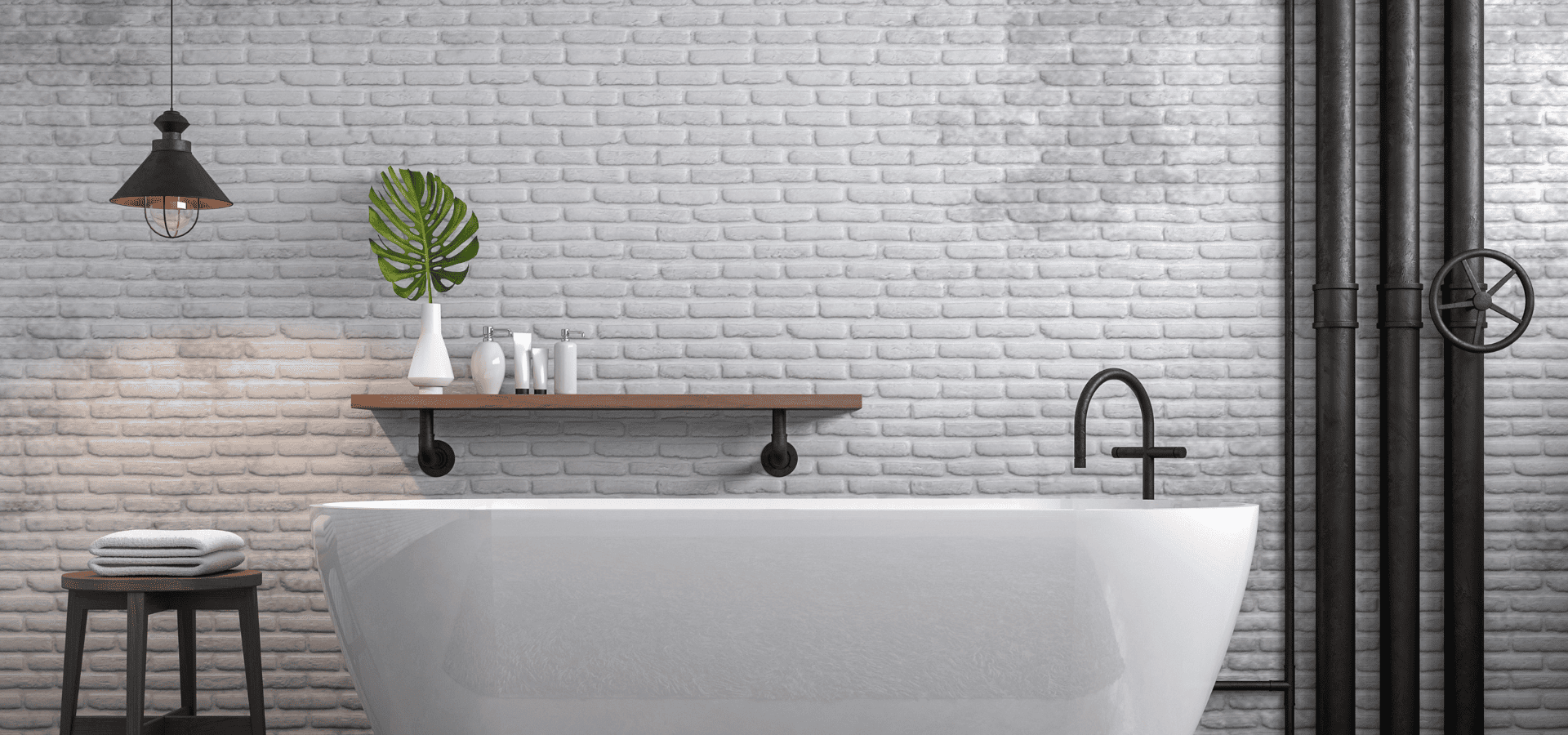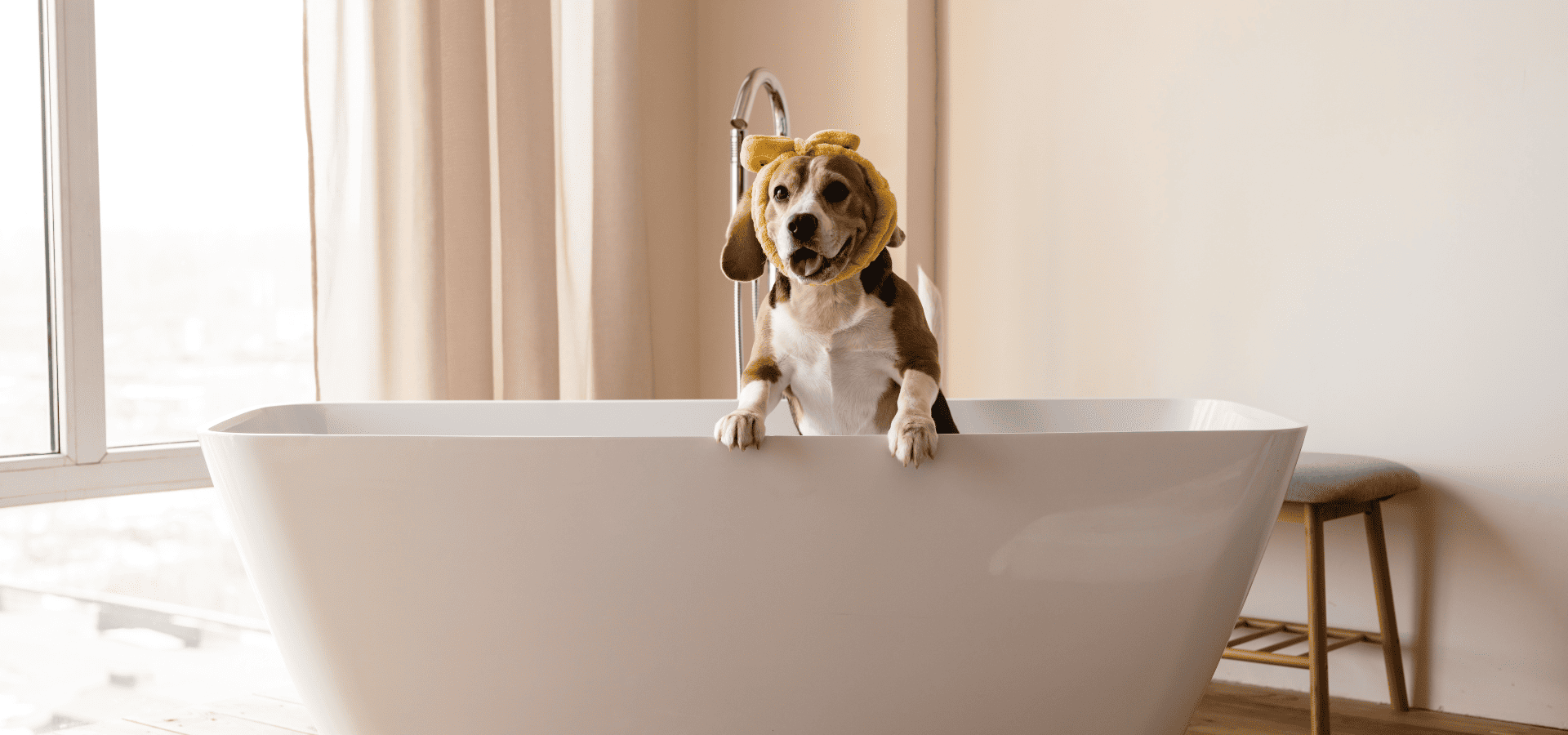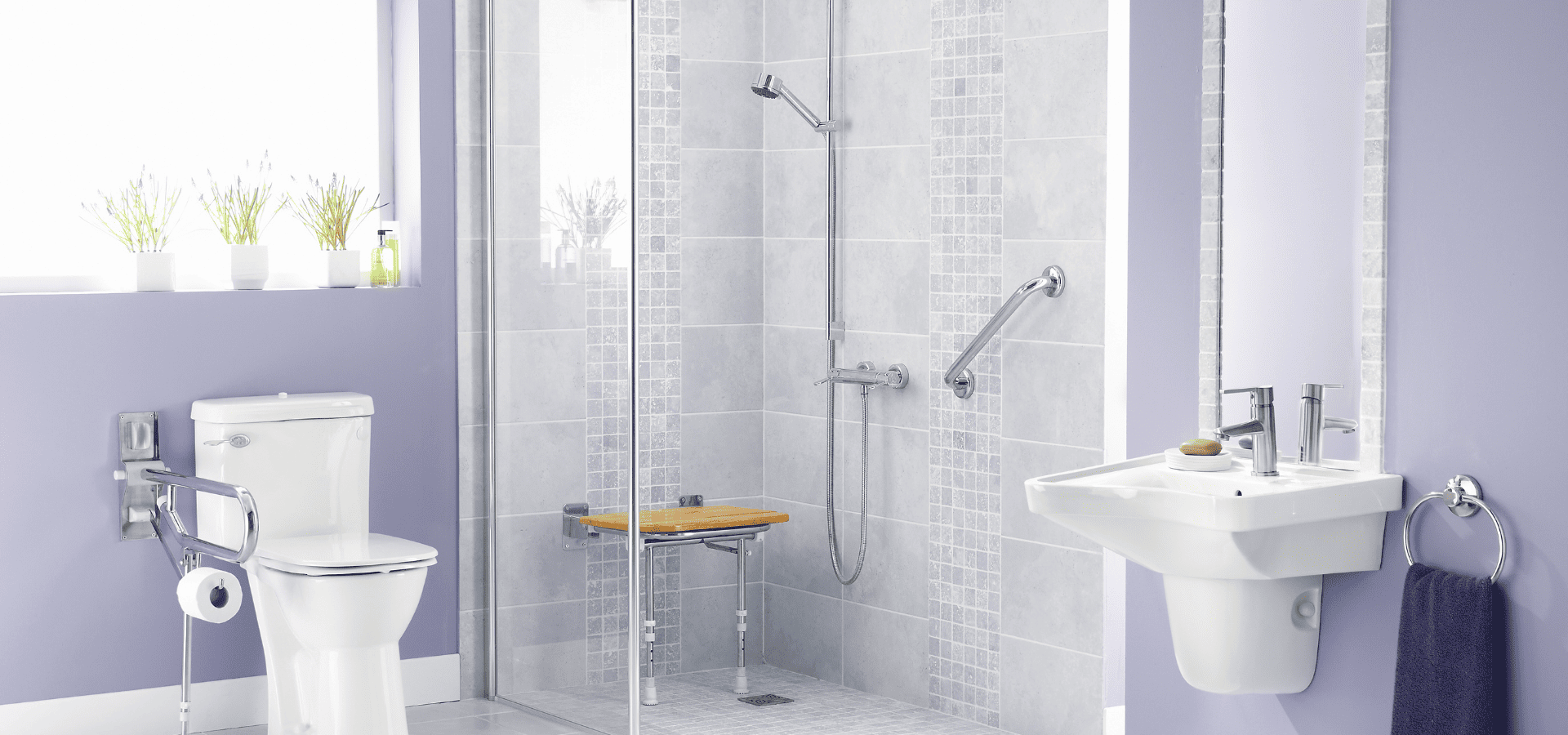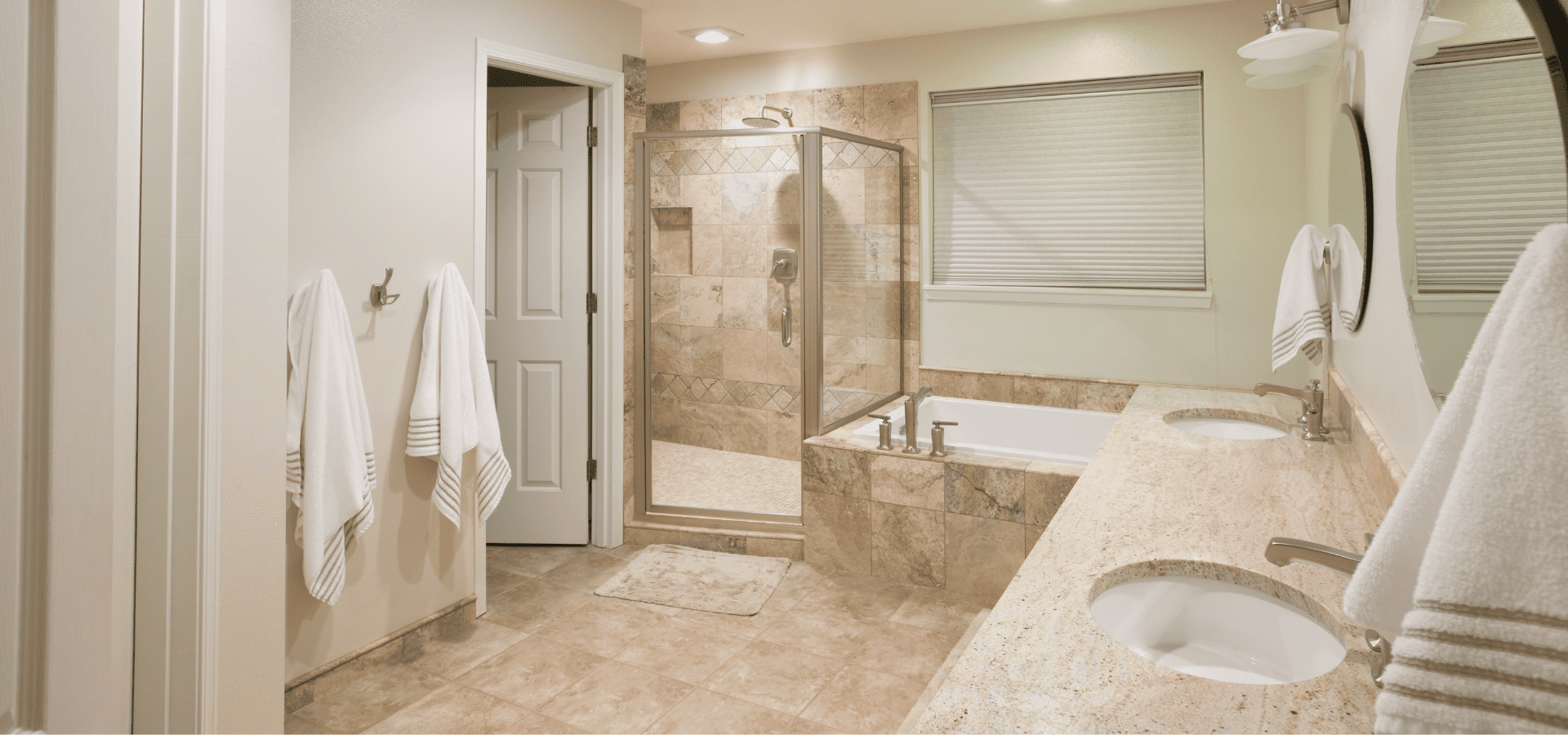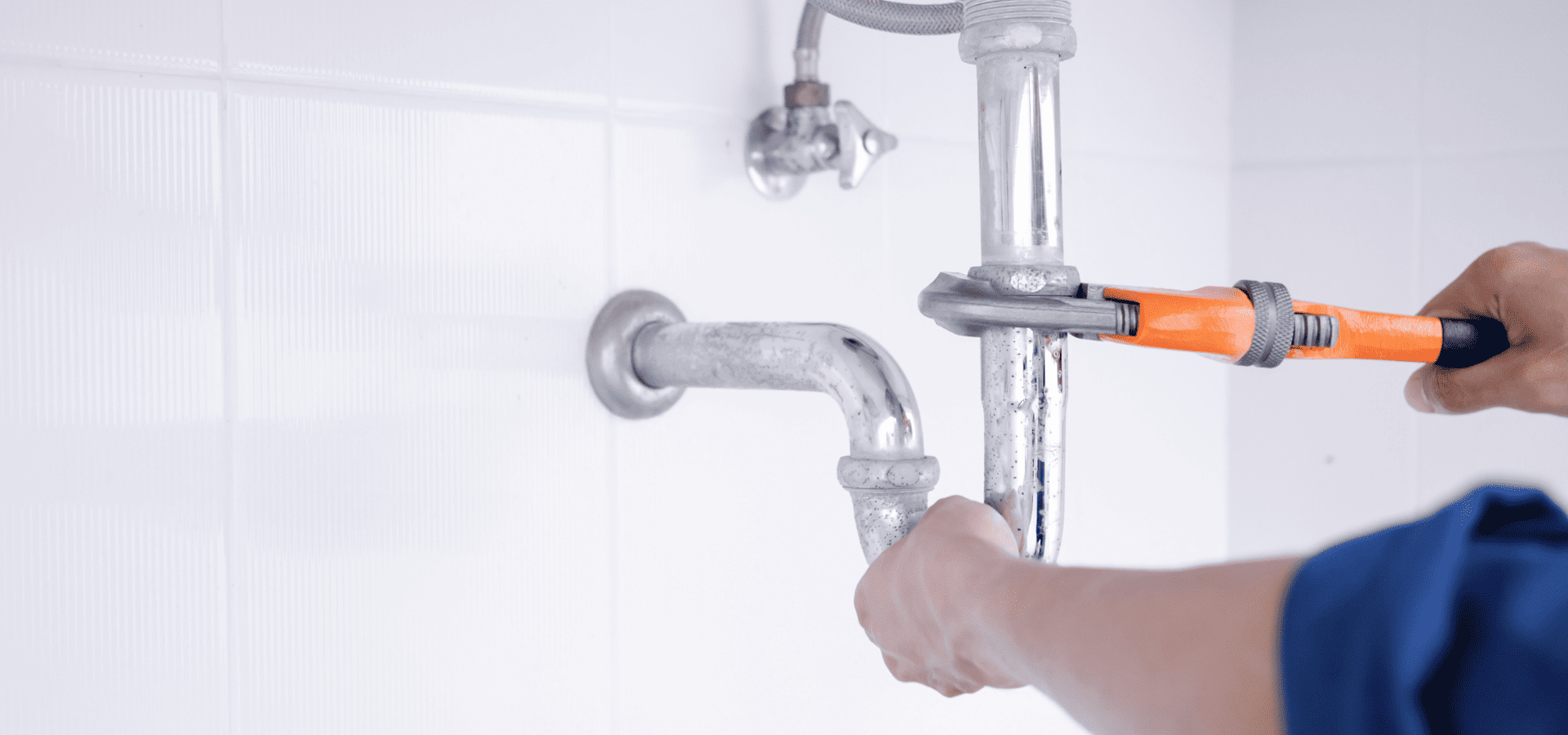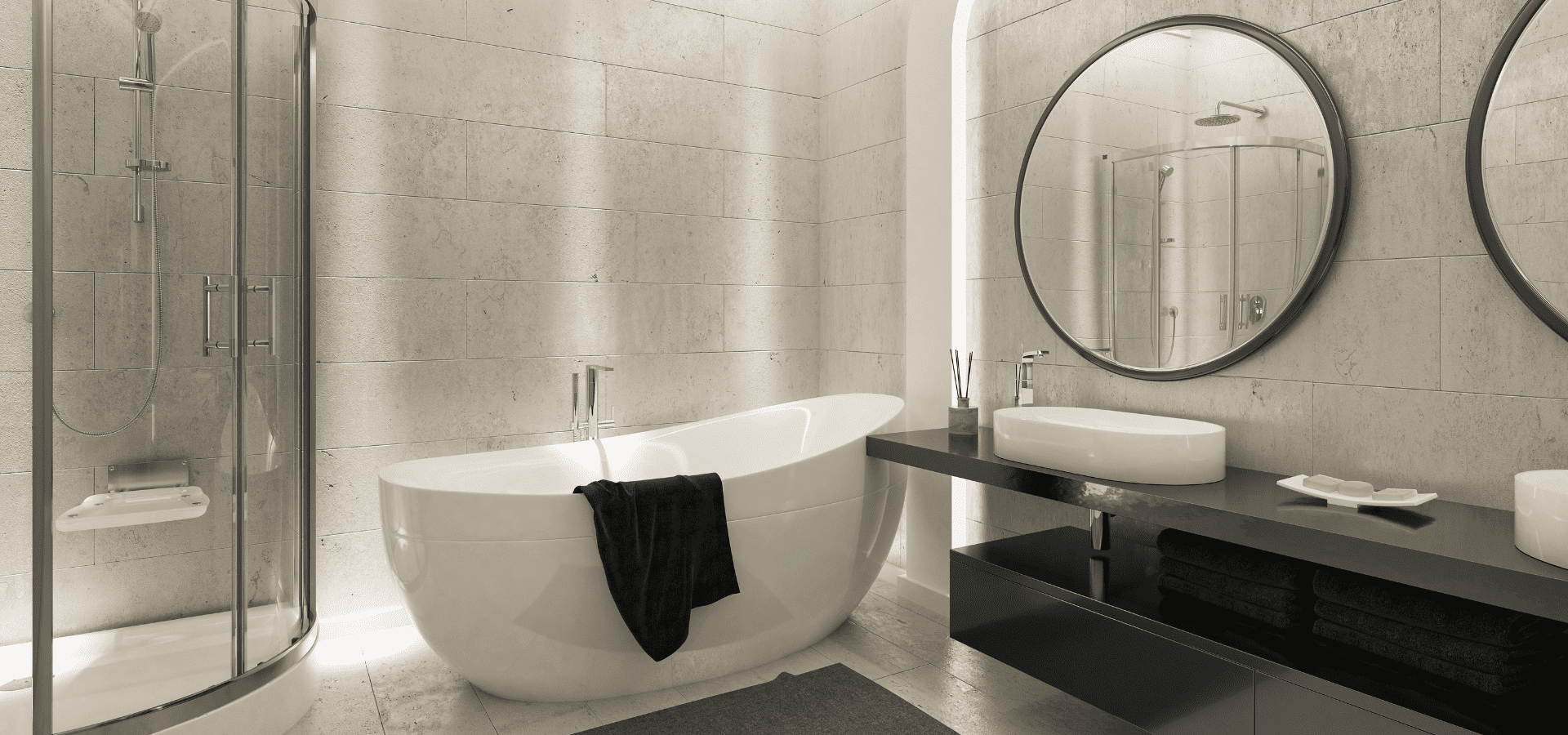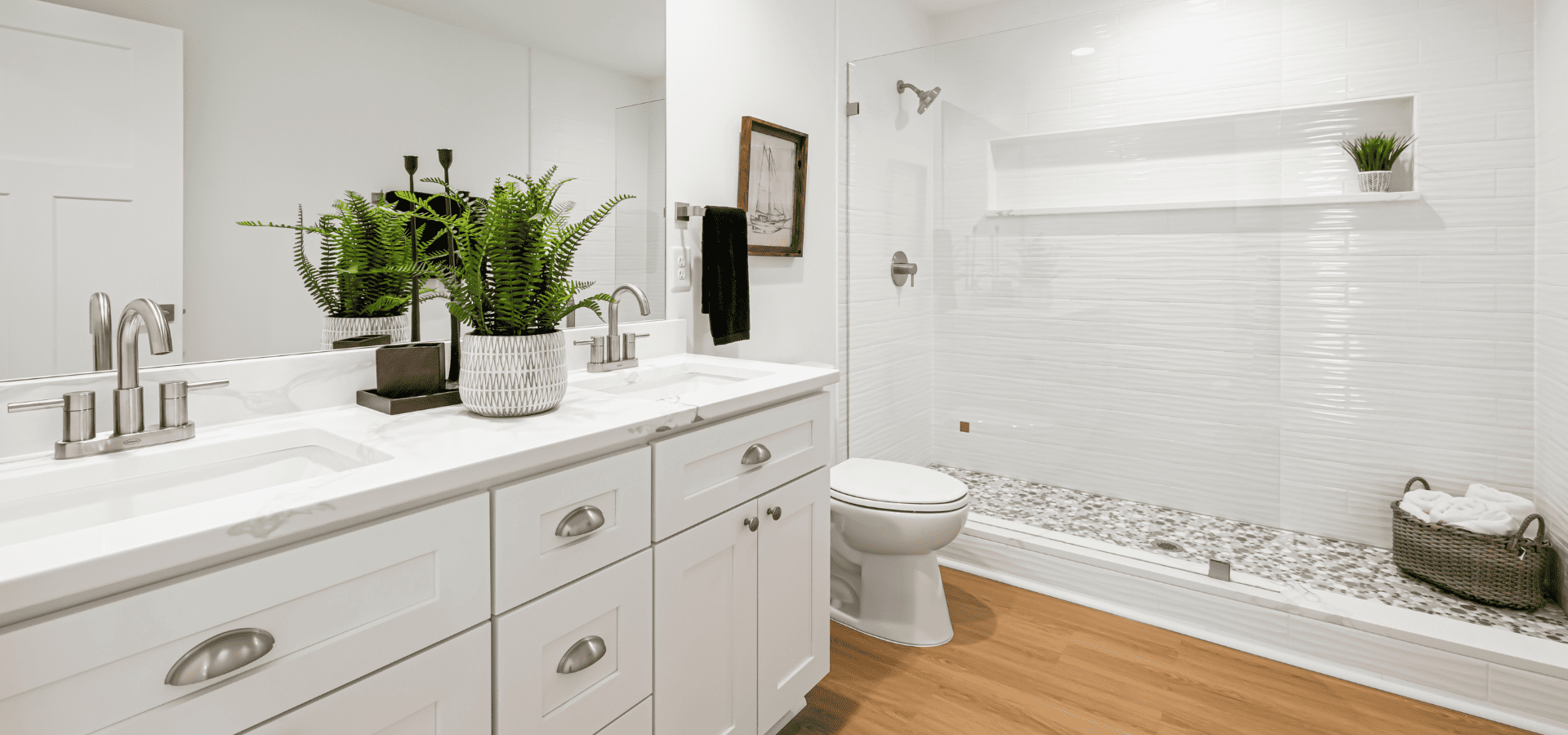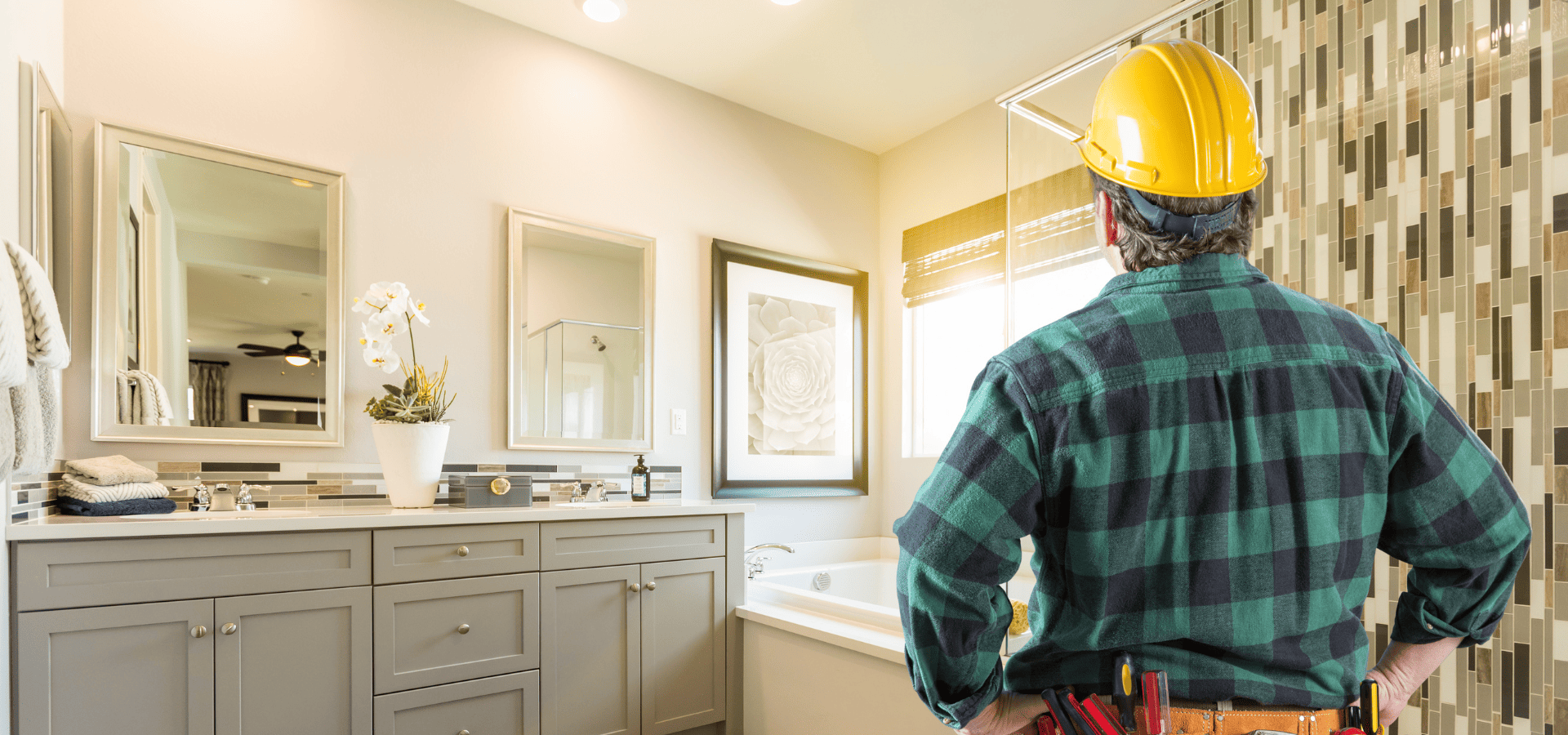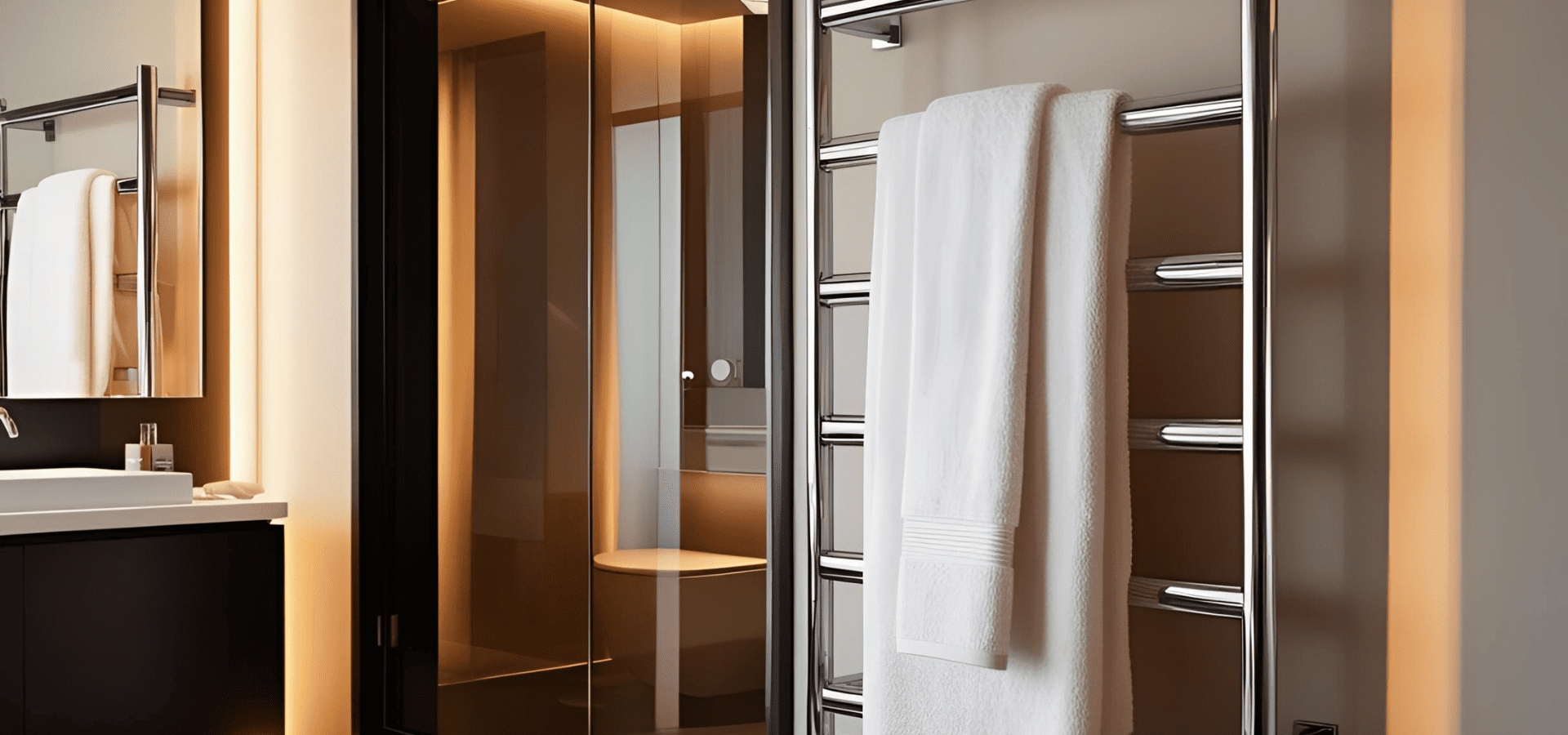Eco-Friendly Bathroom Remodeling Expert Guide
There’s something almost indulgent about remodeling a bathroom. You’re taking a space designed for function and turning it into a sanctuary — a warm, tiled haven where the day either begins or ends. But under the quartz vanities and rainfall showerheads, there’s a quieter truth-
Bathrooms are one of the most resource-hungry rooms in the house.
Water flows freely. Energy heats things only for them to then cool down instantly. Materials are glazed, sealed, and often chemically treated to within biohazardous levels. It’s a high-functioning space, absolutely. But it’s not always a sustainable one.
That’s where eco-friendly bathroom remodeling comes in.
This isn’t about giving up comfort. It’s quite the opposite, in fact! A sustainable bathroom, done well, is often more comfortable. The water stays hot, the towels stay fluffy…
But the environmental impact? The materials used? Your ongoing costs and bills? All so much leaner, meaner, and greener.
Eco-warriors, if you’re looking to cozy up your bathroom the sustainable way without going full compost-toilet survivalist, you’re in the right place. Let’s get green!
Why Eco-Friendly Bathrooms Matter In The Sustainability Puzzle
The average bathroom doesn’t exactly whisper its eco-footprint to its visitors. Toilets, showers, and sinks are major players in household water use, and heating that water racks up a good chunk of your energy bill.
Then there’s ventilation, lighting, tile adhesives, VOC-heavy paints, synthetic cabinetry, and all the packaging from your bath bombs. It’s a haven, sure, but not always one for an environmentalist.
Here’s the quick math:
- Bathrooms consume 50 gallons of water per person, per day (and more if you're a long-shower type)
- Bathrooms use 10–15% of your home’s energy just from hot water and lighting alone
- Plus, there’s the chemical exposure from materials off-gassing in your supposed haven
The goal of eco-remodeling isn’t to shame the bath-lover. It’s to make the bath better. We’re talking durability, better air quality, lower bills, and fewer frantic trips to the hardware store five years down the line.
You still get a damn good bathroom, and one that will last. But you also get guilt-free, steaming hot long soaks along the way.
Getting Started: Mindset Before Materials

Before you start picking bamboo towel ladders or recycled glass tiles, zoom out for a sec’. Sustainable remodeling starts with intention. It’s not just about what you install but also why. (And then, how long it will last.)
Ask yourself:
- Am I fixing what’s broken, or chasing Pinterest trends?
- Can I upgrade the bathroom’s function without expanding the footprint?
- What materials already exist… and can they be reused?
Reuse, recycle, resist the urge to gut the whole thing! Sustainability doesn’t mean tossing everything out in favor of newer, “greener” versions. Often, it’s about keeping what works, fixing what doesn’t, and choosing upgrades that’ll stick around for the long haul.
Think of it similarly to the eco-minded people who chose to buy diesel cars (prior to the EV and hybrid wave). At the time, almost counterintuitively, the science suggested that the fuel efficiency resulted in a lesser of all evils situation.
It’s the same with bathroom remodeling: ultimately, an imperfect tub-to-shower conversion with 100 years of lifespan is better than a fad that will last barely 10.
Fixtures That Do More With Less
Let’s start with the obvious: H2O. The more water you conserve, the lower your footprint! Here's how to choose your bathroom fixtures.
Toilets
You flush, it’s gone — you don’t think about it again (Unless you’re on a septic system, in which case, you definitely think about it.)
Old-school toilets can use up to 6 gallons per flush (GPF). Modern high-efficiency models? Around 1.28 GPF. Moreover, dual-flush toilets let you choose between light and full flushes, and reputable brands won’t skimp on performance either.
Go new, robust, and efficient. If your toilet’s from before 1994, it’s overdue. You're literally paying for it every day.
Faucets and Showerheads
Look into aerators: they are wildly underrated. These tiny add-ons inject air into the water stream, keeping pressure high with considerably less usage.
Additionally, prioritize modern low-flow showerheads. They’re genuinely impressive, giving spa vibes without the waste.
When you’re faucet shopping, look out for:
- WaterSense labels, the EPA’s stamp of approval
- Adjustable flow rates, for when you want that heavy rinse
- Thermostatic valves, to avoid scalds and save water while adjusting temps
They’re small swaps, but they’re big gains.
Materials: Go Natural, Go Recycled, Or Go Local
Next, let’s talk materials. Bathrooms love surfaces, but your selection of surfaces can make or break your eco game.
Tiling
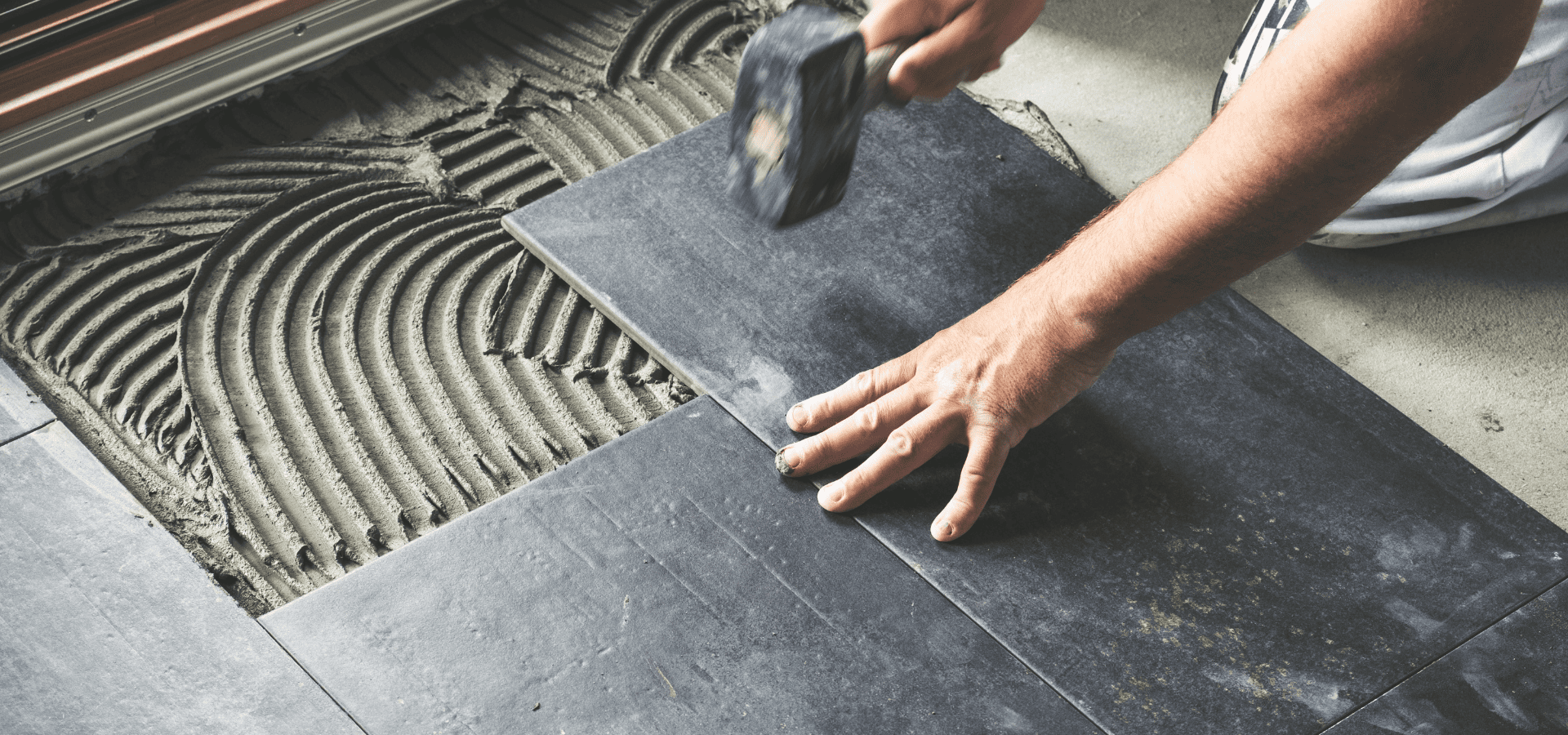
Ceramic and porcelain are classic choices for tiling for a reason. When responsibly sourced, they’re a solid pick.
Additionally, if you want bonus eco points, look for recycled-content tiles. These beauties, often made from post-consumer glass or reclaimed industrial waste, are gorgeous, luxe, and keep raw materials out of landfills.
Most of all, avoid vinyl tiles or anything packed with PVC or phthalates! They are very, very far from eco-friendly.
Countertops
You don’t need rare marble shipped halfway across the world for a nice bathroom counter. Instead, some smarter material choices include:
- Recycled glass with a terrazzo-style shimmer
- Paper composite that’s sleek, durable, and water-resistant (shockingly)
- Bamboo or reclaimed wood, sealed just right for bathroom use
But if you’re set on stone, opt for something locally quarried — think soapstone or granite.
Paints And Sealants
Bathrooms need moisture resistance, but that shouldn’t come at the cost of air quality. You can seal your bathroom without noxious gases.
Low- and zero-VOC paints have seriously stepped up their durability over the years and are a viable option for bathroom remodeling. The same goes for adhesives, caulks, and grout sealers.
Look out for GreenGuard Gold or GreenSpec certifications on the products you buy. Or alternatively, just ask your supplier for low-tox options that don’t mess with your lungs.
Ventilation, Lighting, And Heating: Where Energy Hides
And now, let’s talk energy costs. These are the quiet culprits of unsustainable bathrooms. They’re easy to forget, but they add to your footprint and bills fast.
Ventilation
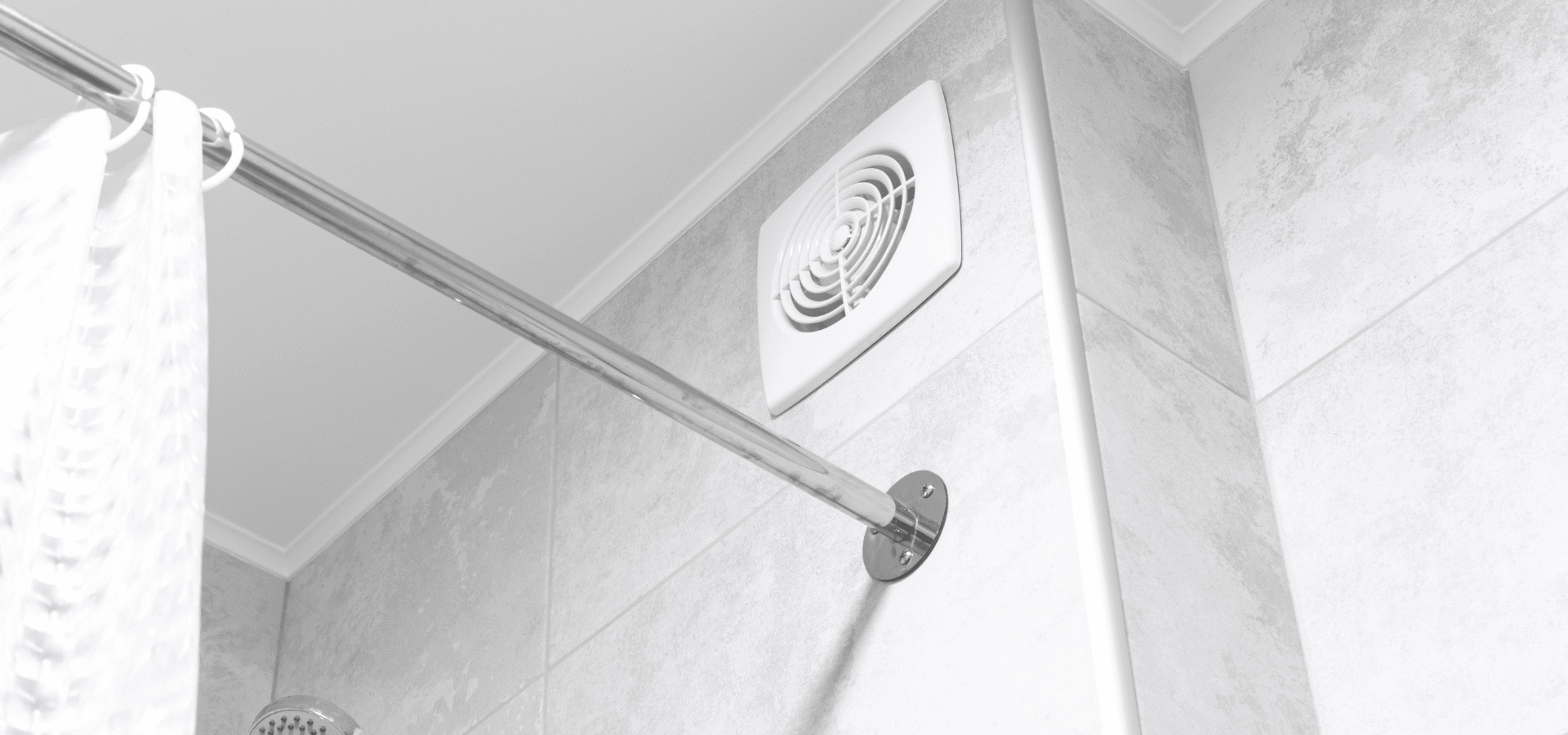
A quality exhaust fan doesn’t just clear steam. It fights mold, protects finishes, and keeps all your cabinets from warping.
For the eco-upgrade, go for an Energy Star-rated fan with a timer or humidity sensor. It’ll run only when needed. Plus, you don’t need to remember to flick it on every time you shower!
Lighting
LEDs are the no-brainer: they’re our favorite, low-consumption savior. But let’s take your LED game even further:
- Add dimmers for adjustable vibes
- Add motion sensors for guest or half-baths
- And then, as a leveraging daylight strategy, use skylights or solar tubes to further reduce your lighting needs
Heating
Underfloor heating sounds indulgent. And it is! But, shockingly, when zoned well, it can still be efficient. And if you live in very cold climates, efficient bathroom heating is a must.
Pair electric radiant heat with a smart thermostat, or integrate it into your smart home system for even better control. The tighter your operations are, the better.
And don’t ignore the water heater either! If yours is on the way out, consider a tankless system instead. These systems cut standby losses and perform much better in the long run, especially in smaller homes.
The Renovation Process: Where Green Gets Real
Even the greenest bathroom can leave a dirty footprint if the build is wasteful. This is how you keep your renovation from spiralling into a scenario that defeats the original purpose of an eco-friendly bathroom remodeling.
Firstly, on demolition, salvage what you can. That might mean repainting cabinetry, donating an old vanity, or reusing towel bars elsewhere in the house.
Less landfill = more sustainable. This is the golden rule of thumb.
Next, on sourcing and transport, going local matters. If you’re stuck between two tiles, pick the one that didn’t hitch a ride across the ocean.
And the same goes for contractors. Someone local and experienced in green builds will know the brands that walk the walk, and they’ll know the best sources and processes to get it done in your local neighborhood. You still need to shop around your local area for the right supplies and contractors, but going local absolutely keeps things greener.
Finally, regarding waste management, your contractor shouldn’t treat the dumpster like a black hole. Ask ahead. Above all, you want to know how they’ll handle the disposal of:
- Tiles, drywall, or lumber
- Paints and other chemicals
- And packaging waste from new goods
This isn’t overkill. It’s smart stewardship, and most pros in the sustainable remodeling business respect the clients who ask.
Clever Touches That Green Up Daily Life
Not every eco-upgrade lives behind the walls! Some slot right into your routine:
For a few final tips, try these on for size:
- Refill stations for soaps and shampoos (to reduce plastic)
- Low-energy towel warmers
- Compost bin under the sink (for anything biodegradable, such as swabs, hair, and specific toiletries)
- Bidet attachments to reduce toilet paper usage
- Water leak sensors for catching silent drips before they spike your bill
These aren’t big installs. But over time, they seriously add up, both in savings and environmental impact.
What To Avoid (No Matter How Tempting)
Additionally, not every great upgrade is worth the investment. Some upgrades look great in a showroom but aren’t necessarily the best fit for your wallet or the planet
Here’s what you should skip:
- PVC shower curtains — try hemp or organic cotton instead
- One-season decor trends
- Smart technology that’s overcomplicated or prone to failure
- Excessive tiling (more grout means more sealing and more upkeep)
- Cheap imported vanities with sketchy composite woods or glues
Avoid choices you’ll regret five years down the line.
Final Word: The Payoff, And Why Eco Doesn’t Mean Sacrifice
A green bathroom isn’t austere. It’s elevated.
It feels good because it is good — to your skin, your air, your bills, and the planet. Done right, it’s more resilient too. Over time, you’ll find less mould, fewer breakdowns, and longer stretches between repairs.
And if you’re thinking of the resale value, energy efficiency and healthier materials are major selling points, and this is only going up over time. You benefit in the now and in the future from your eco-minded remodeling choices.
So really, eco-friendly bathroom remodeling isn’t a checklist. It’s a mindset. A bathroom that works for you doesn’t need to cost the earth (literally or financially!). And with smarter tech, better materials, and more thoughtful design, you don’t have to choose between sustainability and style.
So remodel with intention. Stay curious. But don’t be afraid to mix a little indulgence in with your impact reduction either. You should still treat yourself, but you should treat the planet too.
After all, with a conscious bathroom, the hot showers are still just as satisfying. But they also leave a lighter footprint when you step out.
If you're looking for eco-friendly
bathroom remodeling in Denver, Denver Bathroom Pros has got you covered. Give us a call today at 720-702-4753!
More From Us

